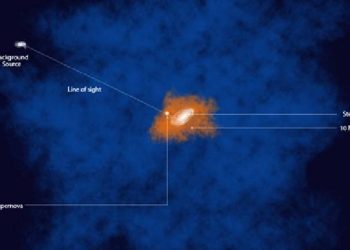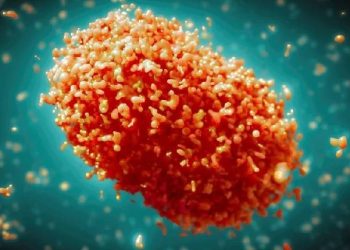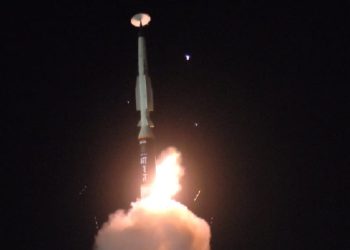Guwahati: Researchers at the Indian Institute of Technology (IIT) Guwahati have found distinctive similarities between the nature of dark matter and neutrinos — one of the most abundant particles in the universe.
The team’s findings published in the leading international journal Physical Review Letters, showed that the origin and production of dark matter can be related to the origin of neutrino mass.
“Although strongly hinted by several astrophysical observations, the lack of any direct evidence of dark matter particles suggests that it has a very feeble interaction with ordinary matter,” Prof. Arunansu Sil, Department of Physics, IIT Guwahati said.
“Our proposal provides a clue to such a miniature interaction by showing that its smallness is connected to the lightness of the neutrino mass (smallest one) which is uniquely predicted to be in the pico electron-volt range,” Sil added.
For decades, physicists have speculated about the presence of adark matter’ in our Universe.
Though its existence is inferred from its gravitational effect on visible matter, supposed to make up 27 per cent of the Universe, very little is known about it as no direct evidence in support of dark matter could be found so far indicating it as an exotic type of matter.
At the same time, among all the known particles in nature, neutrinos are perhaps the most elusive particles.
There are three flavours of neutrinos according to the Standard Model of particle physics, the immensely successful theoretical framework describing matter and interactions in nature.
This Standard Model predicts the neutrinos as massless. However, during the late 90’s, it was found that neutrinos do have a tiny mass, the exact magnitude of which is still unknown.
Neutrinos are somewhat distinctive from other particles in the Standard Model as it is the only fermion which is of ‘left-handed’ type, related to its spin projection.
The study shows that the lightest right-handed or sterile neutrino, provided it exists as a part of a popular neutrino mass generation mechanism, having a mass of order a kilo to a mega electron-volts can be the dark matter candidate.
“The study bridges the three most prominent and long-standing mysteries of particle physics and cosmology within the most minimal extension of the Standard Model which can be falsifiable in ongoing and future experiments,”Sil explained.
(IANS)



















